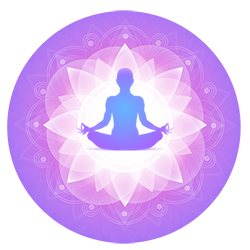The next rule for cultivating a peaceful frame of mind after following the Golden Rule, being kind to yourself and exercising is to turn inward – literally.
Three thousand years ago, our internal organs and systems were still largely a mystery. Yogis referred to our insides as our energy body: the parts that keep us alive.
People understood the rudimentary mechanics: food, liquids, and fresh air are converted into fuel and circulated throughout our body via blood while our brain communicates with the rest of our body through a system of nerves – but the science of exactly how that’s accomplished hadn’t been verified.
People also understood the primary functions of our larger, more critical organs and system components: our brain, heart, voice box, digestive and reproductive organs, and that they’re linked through our circulatory and nervous systems; specifically, that arteries carry enriched blood in one direction while veins carry depleted blood in the other – and that thoughts are transmitted energetically between our brain and body via a separate system of nerves.
Yogis figured out that we can affect the functioning of our internal organs and systems by manipulating our diaphragm like a bellows – by controlling the rate and depth of our breaths. Your diaphragm is a large flat muscle that serves as the floor of the upper chamber of your abdomen, which contains your lungs and heart within your rib cage, and the ceiling of the lower chamber your abdomen, your stomach, which contains your digestive and reproductive organs, contents and systems.
As you breathe, your diaphragm moves up and down within your abdomen – pulled down to draw oxygen into your lungs, and pulled up to push carbon monoxide out [fun fact: its the only muscle in your body which you can pull in opposite directions]. The practice of controlling the rhythm, depth and subtleness of your breathing stimulates nerve and organ function and blood flow and is very soothing, reducing physical and mental distress.



